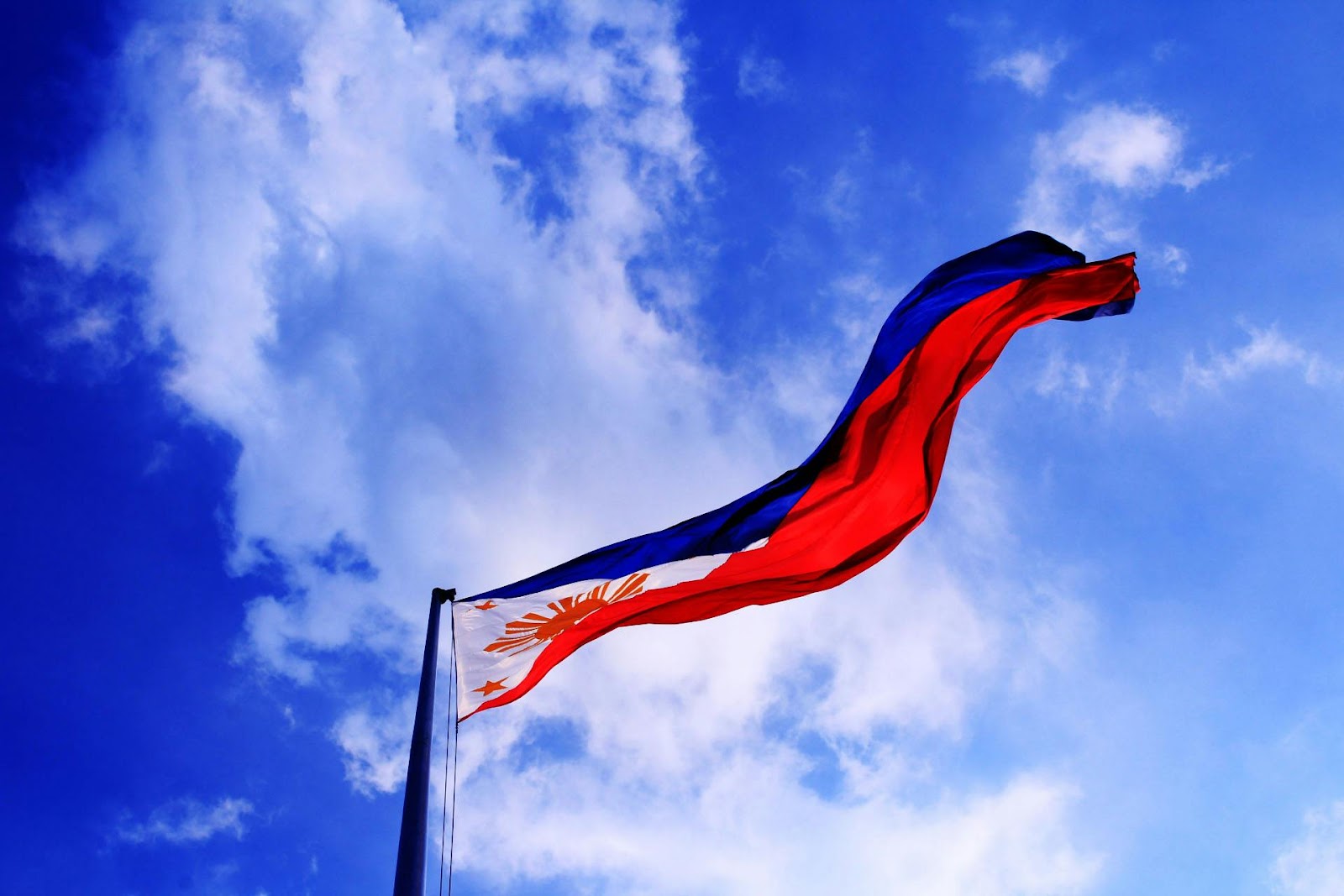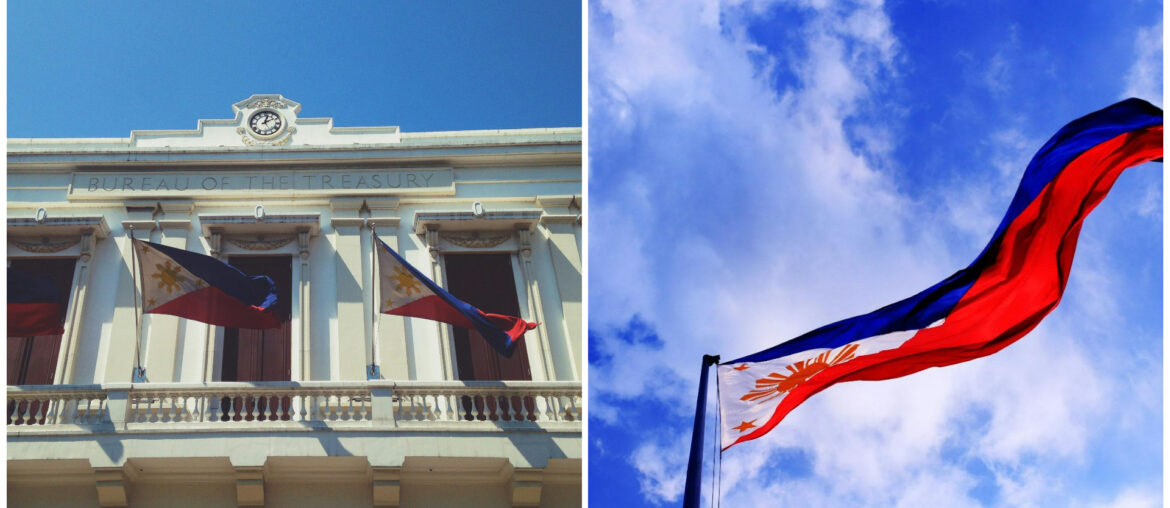A day we commemorate the sacrifice of the Filipinos who fought against the colonizers and have regained our identity as Filipinos.

The Philippines held its independence day on June 12, 1898 declaring the Filipino independence from the Spaniards. The proclamation was led by former Philippine president, Emilio Aguinaldo in Cavite, which he formally asserted the sovereignty with the accompaniment of the raising of the Philippine Flag and the singing of the national anthem “Lupang Hinirang”
The Philippine Independence Day isn’t just a holiday that people can have a day off from their work. But it is a day we commemorate the sacrifices and hard work of the Filipinos who fought against the Spanish colonial rule who took over the country.


We once celebrated the 4th of July…

For decades the Philippines observed July 4 as its independence day, marking it as the end of the American colonial rule in 1946. Filipinos under the rule endured forced labor, heavy taxation, and suppression of local culture. As many Filipinos know, we were under Spanish rule for over 300 years starting from 1565 to 1898. But it was later changed by President Diosdado Macapagal to June 12, to recognize the earlier fight for freedom from Spain. When celebrating independence day, it is done by raising flags, ceremonies nationwide, cultural performances and parades. These can be seen in places like Rizal Park in Manila and Aguinaldo Shrine in Cavite, while government officials, historians, and citizens participate in wreath laying ceremonies and historical exhibitions to honor nationals heroes.

Why is it still important?
For Cebu, a grand parade will start at Plaza Independencia and proceed to Plaza Sugbu that will be followed by a Holy Mass at 7 am. In observance of Republic Act 8491, worn out Philippine flags will be ceremonially burned at Cebu City National Science High School, which ensures the proper disposal of flags.



By remembering and celebrating our Independence Day, we are also helping the country to fight for what is right, what is best for the country, and preserve the remaining culture it had before the Spanish invasion. That is why we have festivals to show travellers our cultural roots, our practice, and the energy on what it is like to be a Filipino. This gives us the chance to see the history behind the day, helping future generations in understanding what happened back then. This will be an opportunity for the future leaders to see and appreciate the efforts, in helping make the country an even better version of what it used to be. The parades, festivals, and talents showcase the heritage and the identity of fellow Filipinos.



Comments are closed.